I love my car. I spent just over 2 years patiently waiting for the right one to finally hit the sales ads near me. It is one seriously fantastic machine.
If you’ve known me for long enough (or if you simply ask), you’ll discover that my favorite car make is Mercedes Benz. To me, there is nothing in this world quite like blasting around in the epitome of luxury with more power and useless functions available to you which you will never use and often forget about (not to mention that every car you buy from here out will fail by comparison due to lacking the same features you’ll never use – but I digress).
Whether you’re a big fan of MBZ or hate the heck out of them, you’ve likely heard the about how expensive they are to maintain, or how much any replacement parts cost. Yes, they do include a price tag for maintenance much like any other car. Do it yourself oil changes cost almost $100, there isn’t a single visible screw in the interior which makes installing a stereo take that much longer, and the parts for them are very specific (as well as inflated). I am often asked how I feel about the price for luxury and performance such as mine, and how it compares to an ordinary car on the road.
Here is my answer – It’s about the same price at the end of the day. Setting aside the premium fuel price and the less than idea fuel mileage, my car doesn’t break often. It also has a much longer service interval than most other cars. When you crunch the numbers, the average car might have had the same part replaced twice at half the price of my one broken part. At the end of the day, it’s the same price.
If there is one drawback on the design of my 2003 Mercedes-Benz C32 AMG, it is the air intakes. The good Engineers of MB decided that the filter inlets should be routed straight up to the front of the vehicle directly behind the grille. While that is an excellent location for some performance aspects, it’s terrible for maintenance.
El Nino has hit the western region with quite a few storms this year. My recent travels down to SoCal from Las Vegas have put my car through big sand storms in the High Desert, soaking wet rains, and even a bit of hail. As you can probably imagine, everything - and I mean EVERYTHING – has made its way up into the two air filter boxes. Those two air filters are the only thing separating Mother Nature from my extremely expensive supercharger.
After my recent trip to San Diego, I knew I was due for a new pair of air filters. Just take a look at the pic which looks out of focus. It was nothing but one sand storm after another as I traveled along I-15. To make matters worse, there was rain. Mix the two of them together and you get mud. Road grime, soggy mud, and even some dead bugs littered my air filters. I could seriously feel the car lagging after that trip.
Since the intakes will always be filling up with whatever I drive my car into, I crunched a few numbers on the maintenance portion of replacing air filters about once a month. At $30 for the pair for inexpensive paper element filters, and slightly better paper element filters for $60 a pair, I figured that I would make it 2-3 months before I became really sick and tired of buying and replacing air filters. It was time to shell out some dollars for something better.
K&N Filters are very well known in the industry. Their impressive lineup of products with a hard to beat warranty has won me over many times throughout the years. While I do often manufacture my own intake systems from scratch, I really don’t choose any other brand for drop-in performance filter replacements. You buy them once, you clean them instead of toss them, and you save money. That is really hard to beat.
Setting aside the potential performance gains which are really nice, you simply can’t beat the savings aspect. Whenever the filters fill back up with junk, all I have to do is grab a filter recharge kit, clean the filters off, and toss them back in for another round. Just those savings alone are worth the purchase.
Once installation was complete, I took the test drive. Immediately upon starting the engine I noticed the idle had smoothed out to the point where it didn’t really feel like the engine was running. On forced induction engines such as this one, air filters don’t really make much of a difference, but I could feel a much stronger pull when accelerating as well as a little bit more audible supercharger sound (which was unexpected).
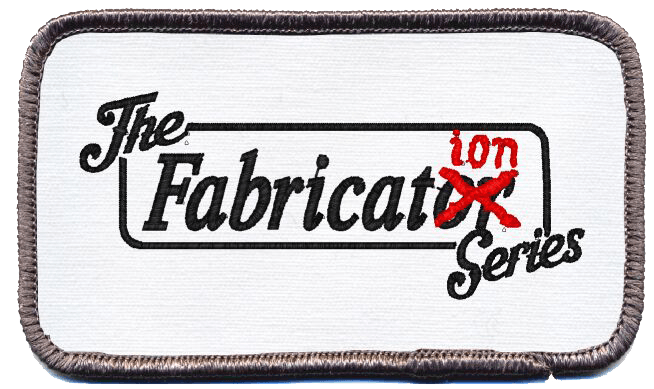

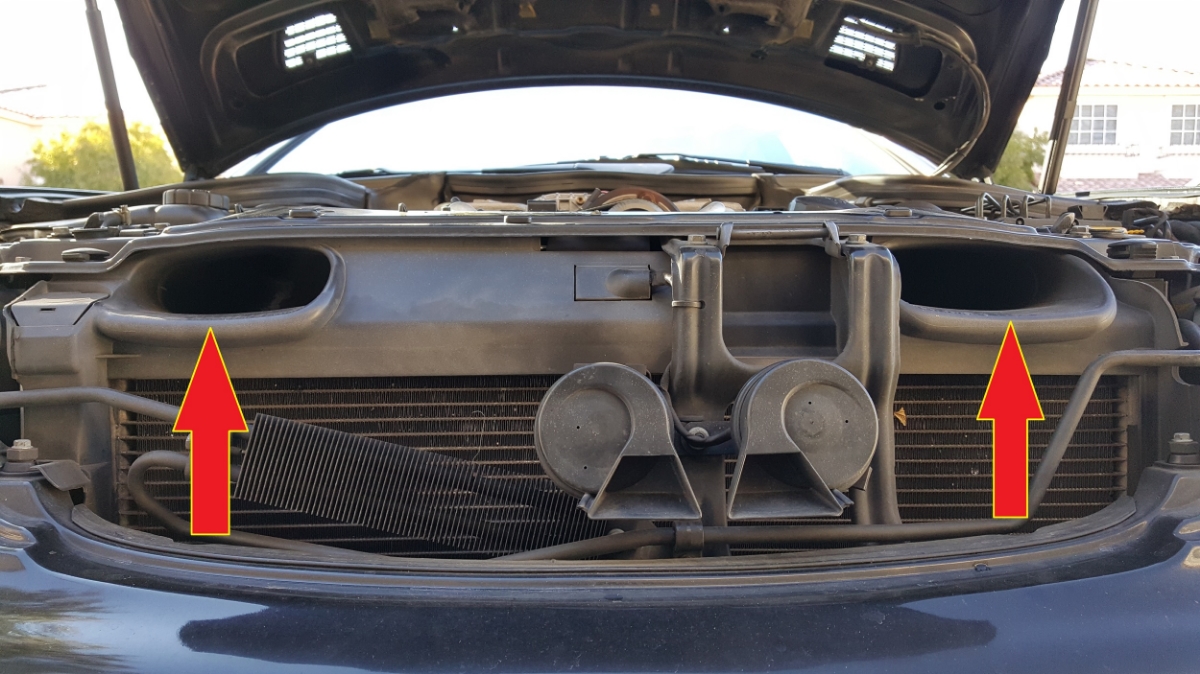




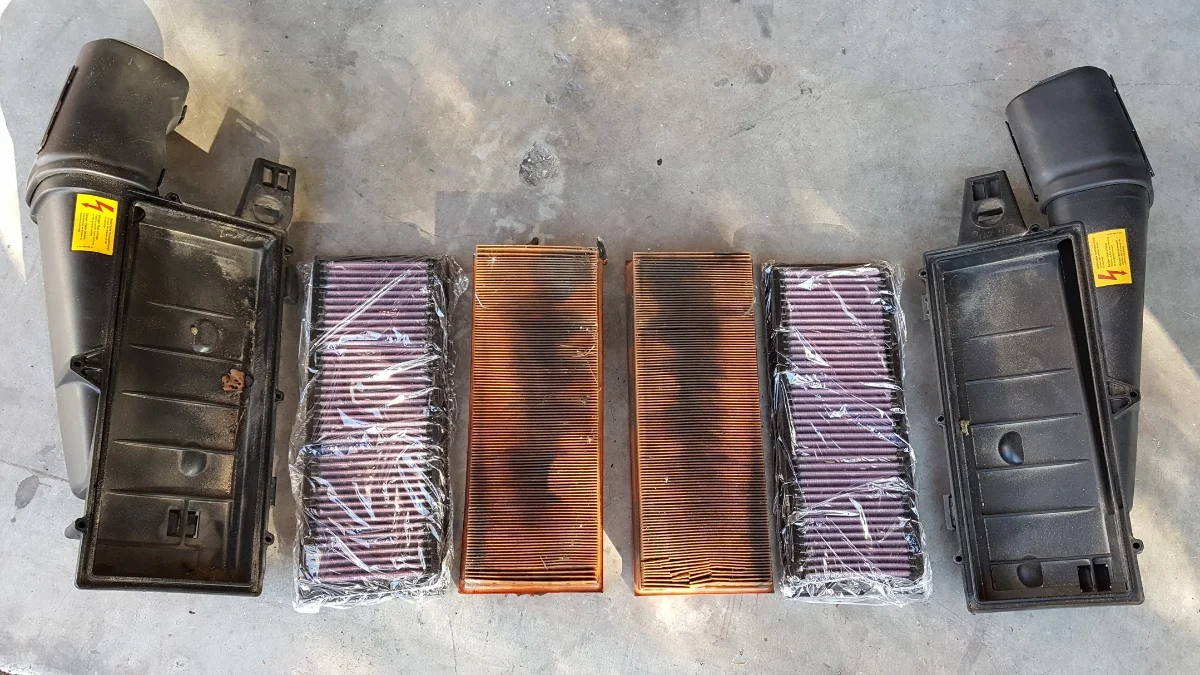

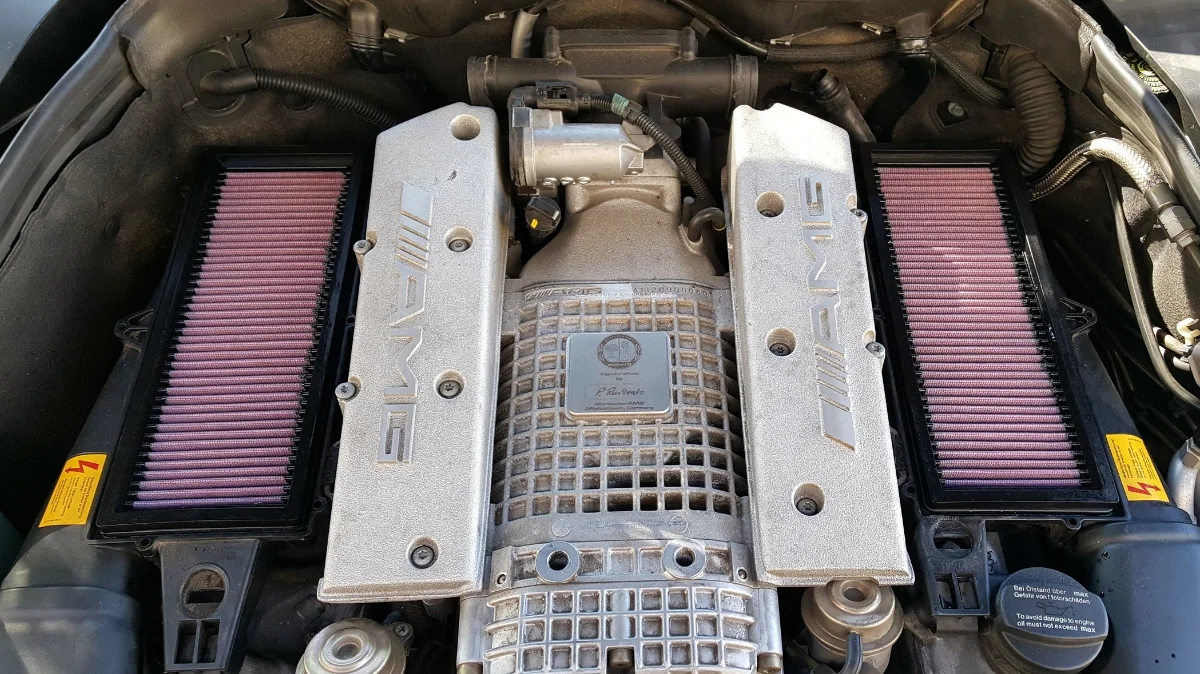

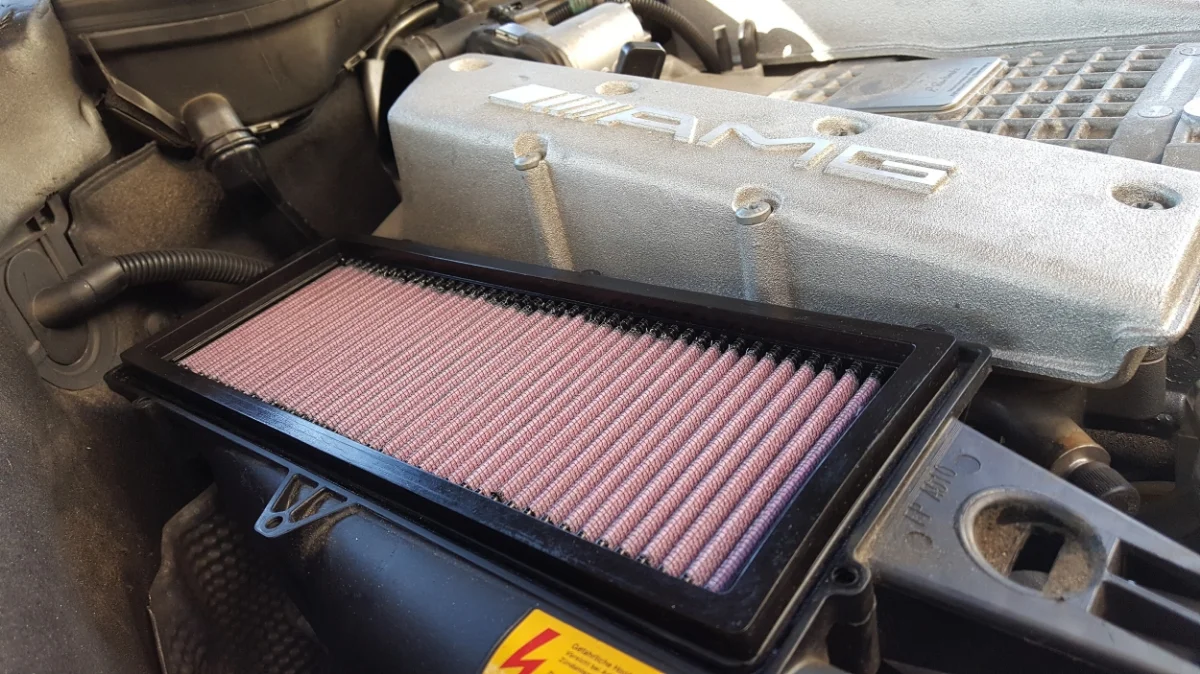

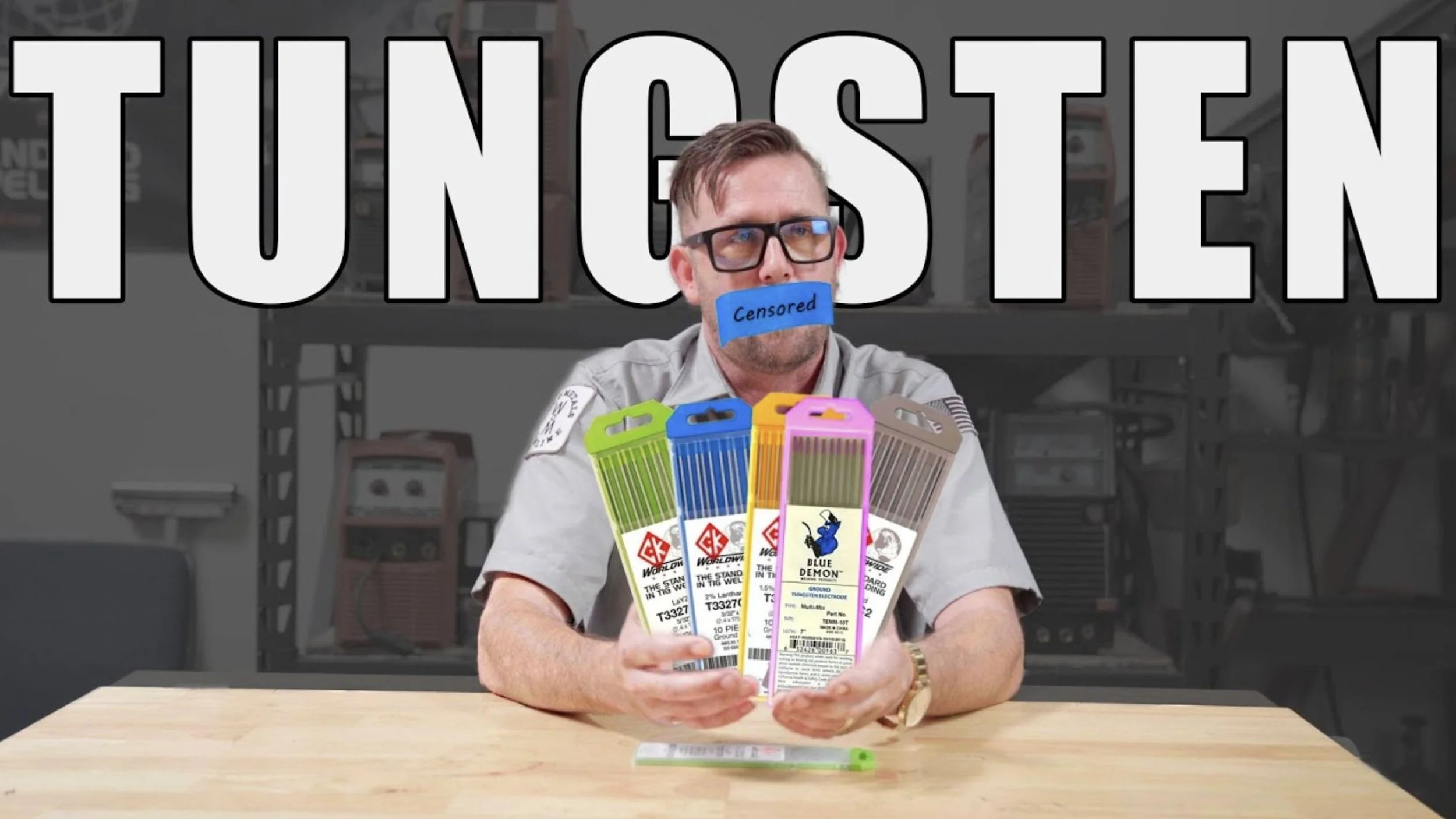
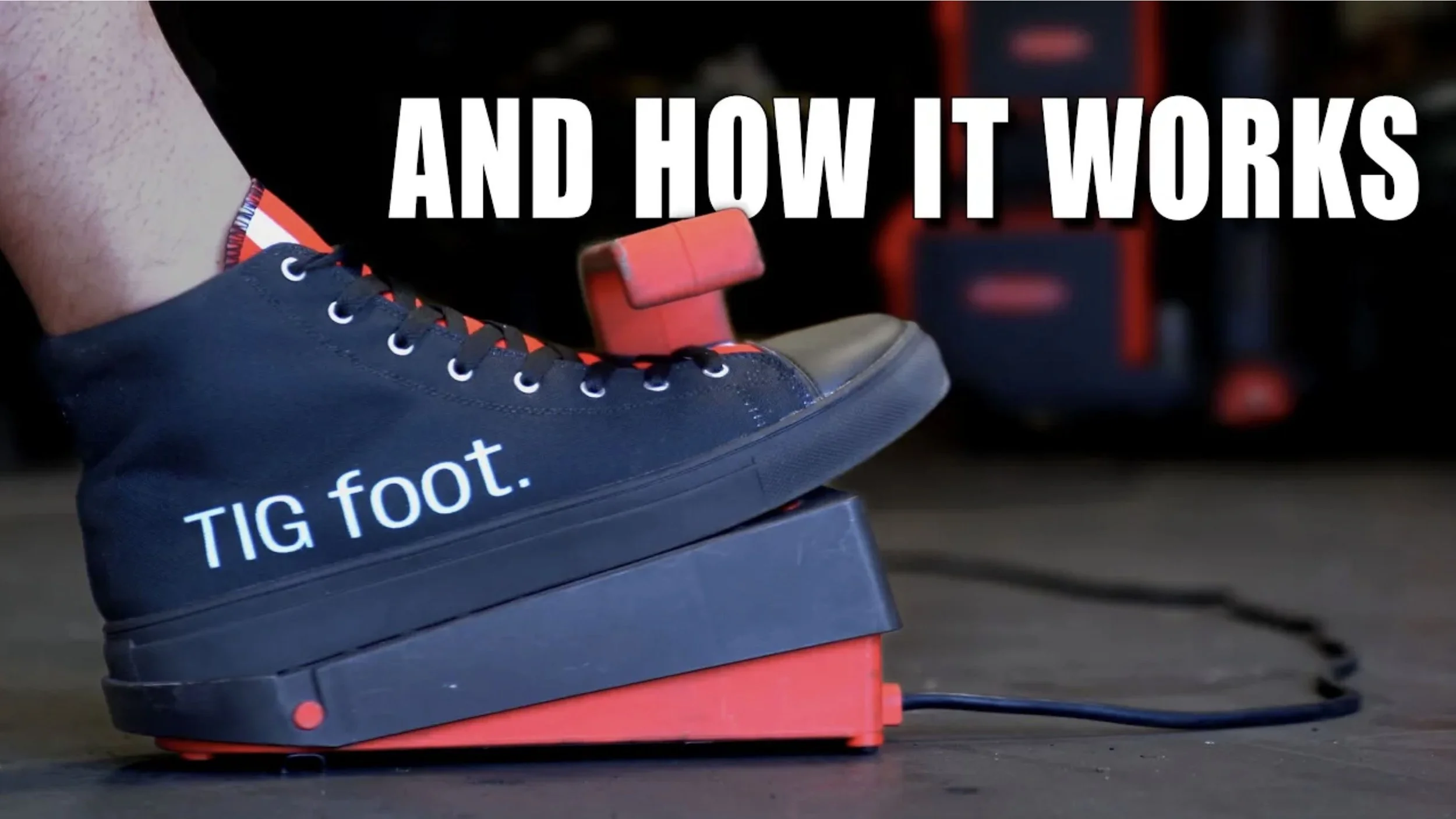
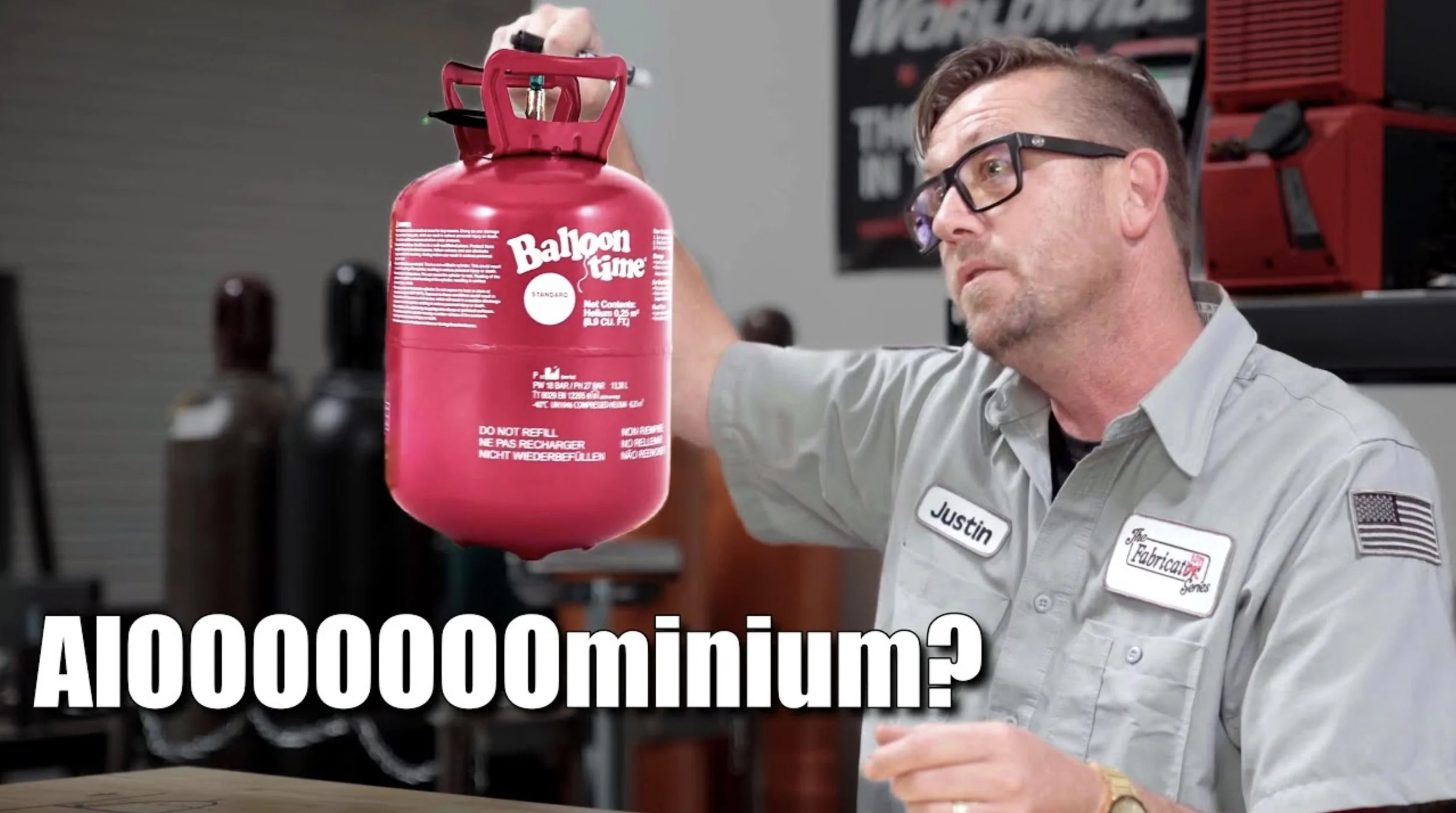

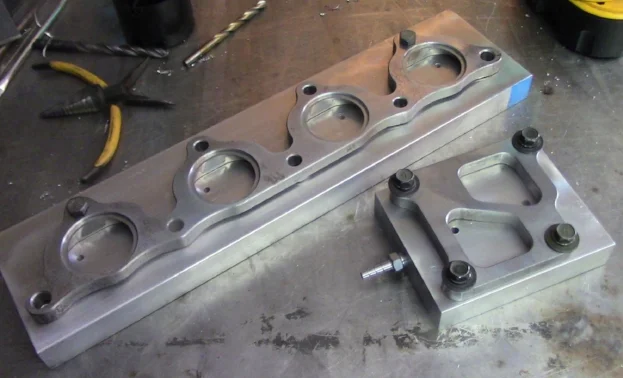




Lake Mead is low enough that you can drive up and view the artifacts left by the disappearing water. Here is the exact GPS locations to view everything without having a boat.